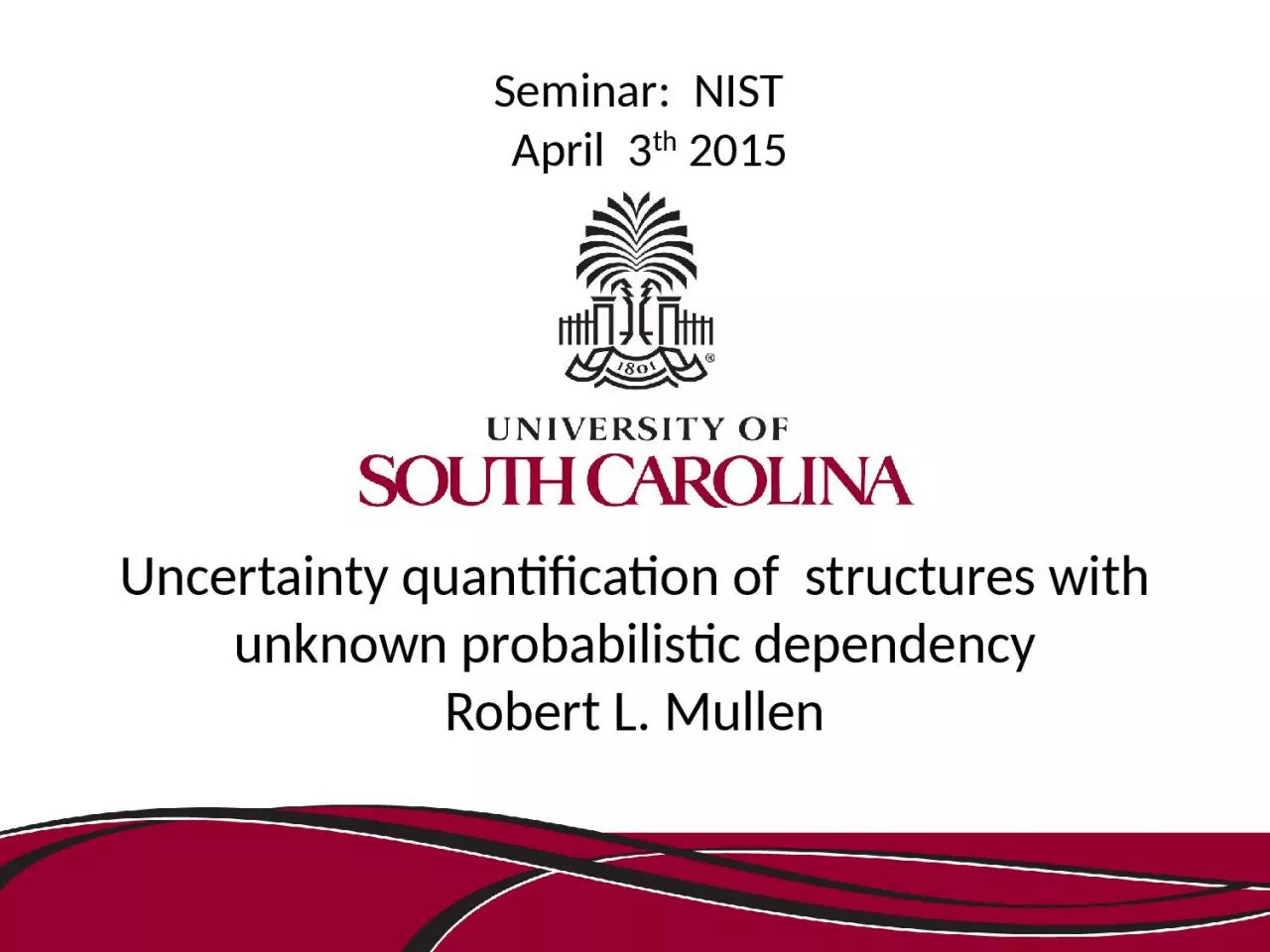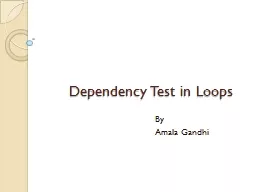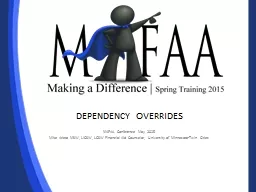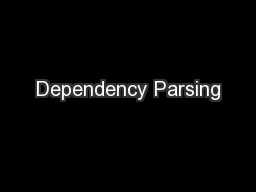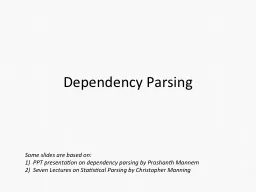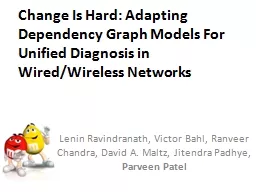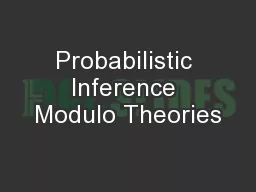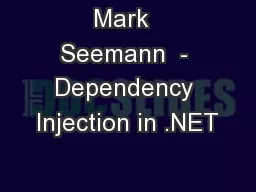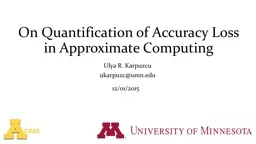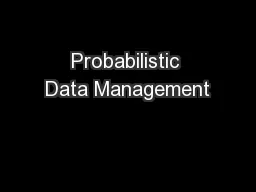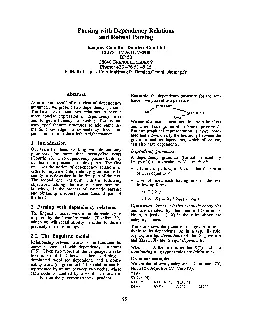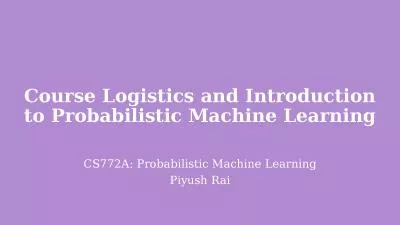PPT-Uncertainty quantification of structures with unknown probabilistic dependency Robert
Author : coursion | Published Date : 2020-08-28
probabilistic dependency Robert L Mullen Seminar NIST April 3 th 2015 Rafi Muhanna School of Civil and Environmental Engineering Georgia Institute of Technology
Presentation Embed Code
Download Presentation
Download Presentation The PPT/PDF document "Uncertainty quantification of structure..." is the property of its rightful owner. Permission is granted to download and print the materials on this website for personal, non-commercial use only, and to display it on your personal computer provided you do not modify the materials and that you retain all copyright notices contained in the materials. By downloading content from our website, you accept the terms of this agreement.
Uncertainty quantification of structures with unknown probabilistic dependency Robert: Transcript
Download Rules Of Document
"Uncertainty quantification of structures with unknown probabilistic dependency Robert"The content belongs to its owner. You may download and print it for personal use, without modification, and keep all copyright notices. By downloading, you agree to these terms.
Related Documents

